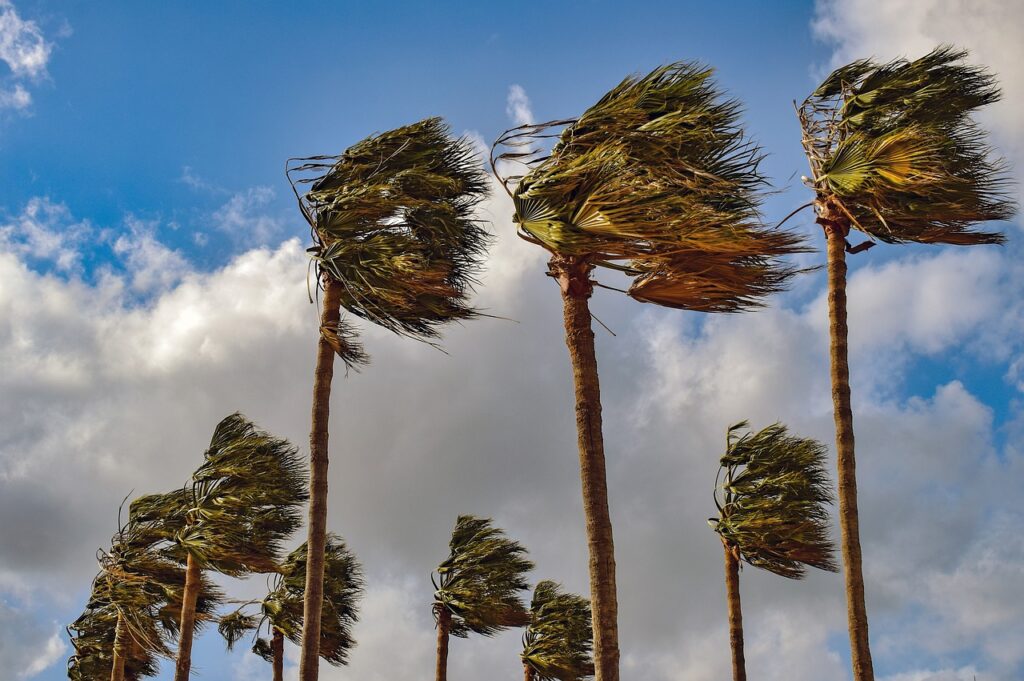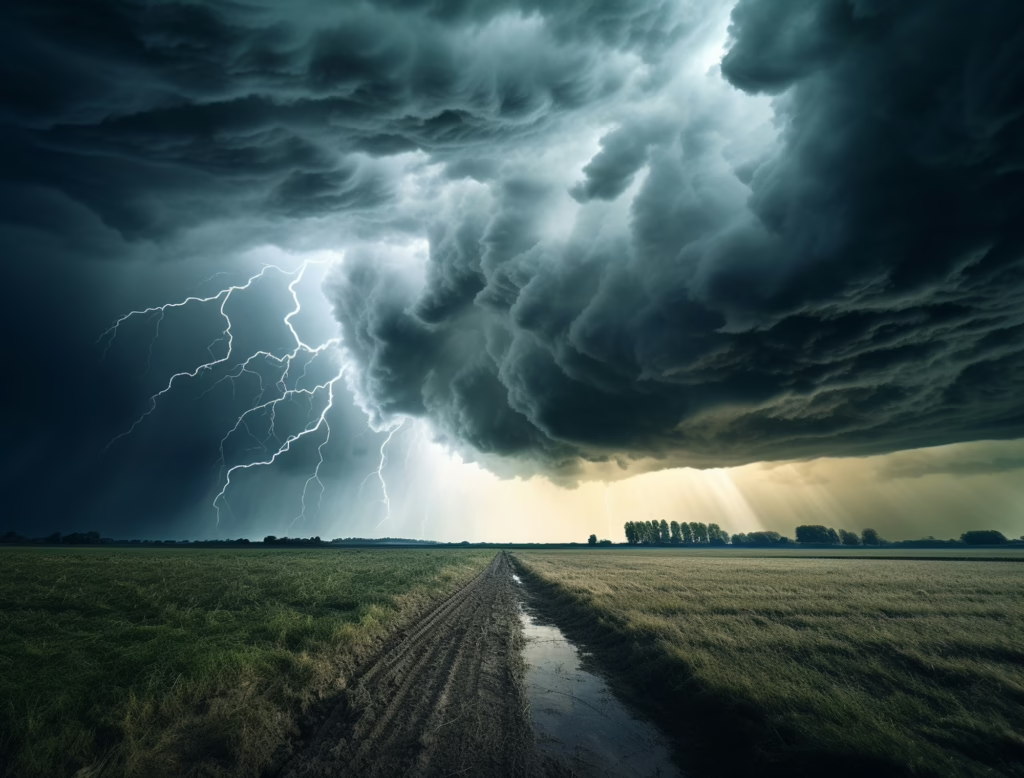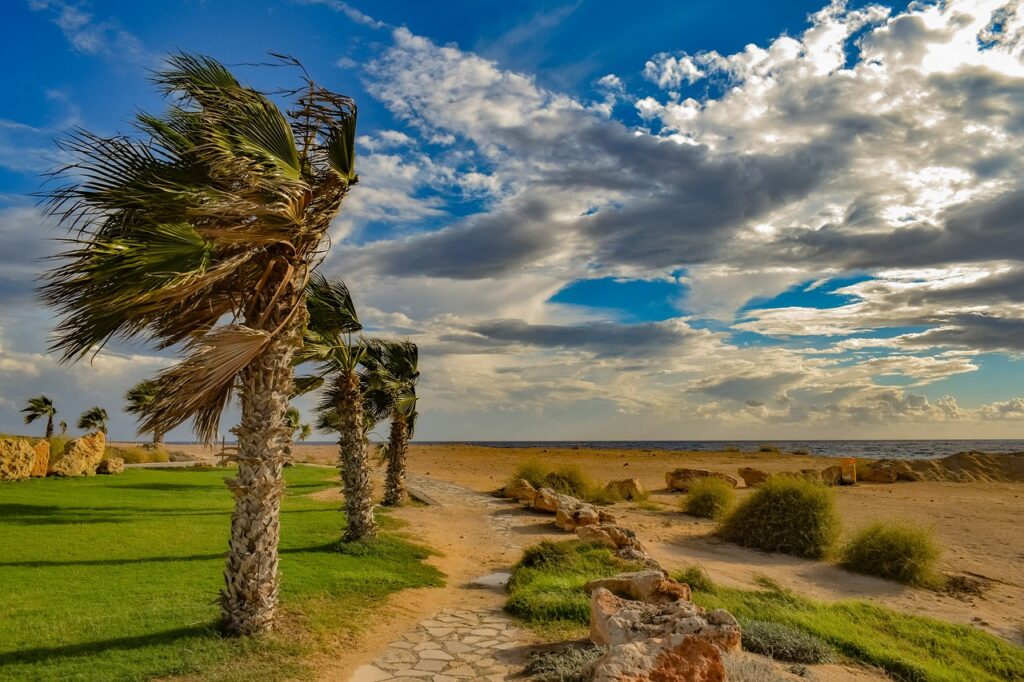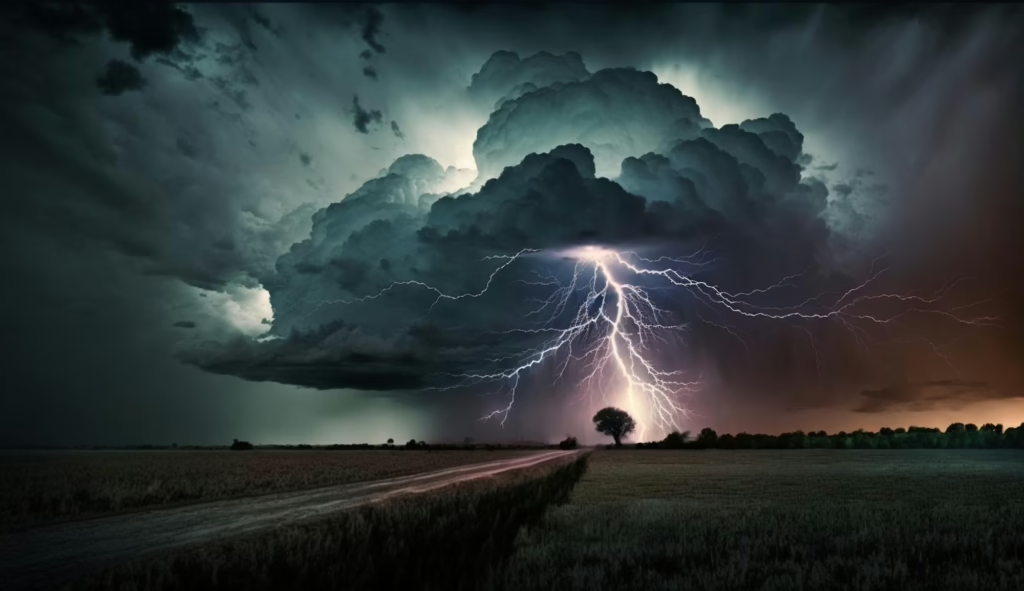Reflect on the use of vivid and evocative imagery in “Ode to the West Wind“. How do Shelley’s descriptions of nature enhance the reader’s understanding of the poet’s emotions and ideas?

Vivid and Evocative Imagery in Ode to the West Wind
In “Ode to the West Wind,” Percy Bysshe Shelley masterfully employs vivid and evocative imagery to convey his emotions and ideas, immersing the reader in a sensory experience of the natural world. Shelley’s descriptions of nature not only evoke a sense of awe and wonder but also serve as powerful metaphors for human emotions, desires, and aspirations. Throughout the poem, the imagery of the West Wind and its effects on the natural world enhance the reader’s understanding of the poet’s own emotions and his broader themes of change, power, inspiration, death, freedom, and transcendence.
1. Vivid Imagery of Nature’s Transformative Power:
Shelley opens the poem with an invocation to the West Wind as the “breath of Autumn’s being” (line 1). This personification sets the tone for the poem and immediately establishes a connection between the wind and the changing of seasons. The imagery of the wind driving the “leaves dead” (line 2) creates a powerful visual of the wind’s transformative impact on nature. The leaves are likened to “ghosts from an enchanter fleeing” (line 3), evoking a sense of mystery and supernatural energy.
The wind’s association with the changing seasons is further emphasized through its role in dispersing the “winged seeds” (line 7) that lie “cold and low” (line 8). The metaphor of seeds as “corpses within their graves” (line 8) highlights the cyclical nature of life and death, suggesting that even in apparent dormancy, nature holds the potential for rebirth and regeneration. This imagery enhances the reader’s understanding of the theme of change and the eternal cycle of life.
2. Sensory Experience of the Wind’s Power:
Throughout the poem, Shelley creates a vivid sensory experience of the wind’s power, evoking not only visual images but also sounds and movements. The wind is described as a “wild Spirit” (line 13) that is “moving everywhere” (line 13). The imagery of the wind’s movements is compared to a “fierce Maenad” (line 21), a female follower of the god Dionysus known for their frenzied and ecstatic dances. This comparison adds a sense of wildness and untamed energy to the wind’s movements, allowing the reader to feel the force and intensity of the wind’s power.
The wind’s movements are further depicted through its interactions with the natural elements. It shakes loose clouds like “earth’s decaying leaves” (line 16) and rolls over the ocean’s waves with thunder and lightning (lines 80-85). This imagery immerses the reader in the sensory experience of the wind’s movements, evoking the sound of thunder, the sight of lightning, and the feel of the wind’s rush.
3. The West Wind as a Symbol of Inspiration:
Shelley’s imagery of the West Wind also serves as a symbol of artistic inspiration and creativity. The poet addresses the wind as his “Song” (line 64), suggesting that the wind’s power influences his poetic expression. He envisions himself “murmur-singing” (line 73) to the wind, as if seeking to communicate his thoughts and emotions directly to this natural force.
The wind becomes a conduit for the poet’s ideas, carrying them across the world and infusing them with its own power and energy. Shelley’s use of sensory imagery in this context allows the reader to sense the profound connection between the poet and the natural world, highlighting the Romantic belief in the interconnectedness of nature and human emotions.
4. Imagery of Death and Transience:
In contrast to its role in inspiration and creativity, the West Wind’s imagery is also associated with death and transience. Shelley uses powerful metaphors and visual imagery to evoke a sense of mortality and impermanence. The wind is likened to a “dirge” (line 24), a mournful song associated with funerals. The wind’s association with the “dying year” (line 25) and its role in driving the season of winter suggest the inevitability of death and the passage of time.
The image of the wind driving “leaves as from the death” (line 41) and the “streamers that wave on the turrets tall / When the leaves dance on the tempest’s pall” (lines 79-80) further underscore the transient and ephemeral nature of life. This imagery deepens the reader’s understanding of the poem’s themes of mortality and the impermanence of the natural world.
5. Symbolism of Freedom and Rebellion:
Shelley’s use of vivid imagery extends to the symbolism of freedom and rebellion associated with the West Wind. He portrays the wind as a “Wild Spirit” (line 13) and a “fierce Maenad” (line 21), imbuing it with a sense of untamed energy and uncontrollable force. The wind’s movements are described as “loose clouds like earth’s decaying leaves are shed” (line 16) and “loose clouds like earth’s decaying leaves are shed” (line 30), suggesting a sense of liberation and defiance.
The wind’s association with rebellion is further evident in Shelley’s allusion to revolution and upheaval. He addresses the wind as a “Destroyer” and acknowledges its role in driving change and progress. Shelley, a poet known for his radical political views, sees the wind as a symbol of the power of the people to rise up against oppression and tyranny.
6. Imagery of Transcendence and Divine Connection:
The West Wind takes on a transcendental quality in Shelley’s poem, symbolizing a connection to the divine and the spiritual realm. The wind’s movements are compared to the dance of angels, and it is described as a force that transcends human comprehension. Shelley addresses the wind as the “breath of the blue wind of heaven” (line 87), linking it to the divine and the spiritual realm.
The wind’s ability to carry the poet’s thoughts and emotions across vast distances suggests a sense of spiritual connection and unity with the natural world. Shelley’s invocation to the wind as a “Spirit” (line 13) and his reference to it as a “trumpet” (line 31) that awakens him from his dreams hint at a sense of divine communication and inspiration.
Conclusion:
In “Ode to the West Wind,” Percy Bysshe Shelley employs vivid and evocative imagery to create a sensory experience of the natural world. His descriptions of the West Wind and its effects on nature enhance the reader’s understanding of the poet’s emotions and ideas. The imagery of the wind’s transformative power, its sensory experience of movement and force, its role as a symbol of inspiration, its associations with death and transience, and its symbolism of freedom and transcendence all contribute to the poem’s profound exploration of the human experience and the power of nature to evoke emotions and ideas. Through his rich and evocative imagery, Shelley invites the reader to journey through the vast and multifaceted landscape of the West Wind, leaving a lasting impression of the beauty, power, and complexity of the natural world.
*****
Read More:
More Questions and Answers from Ode to the West Wind by PB Shelley




